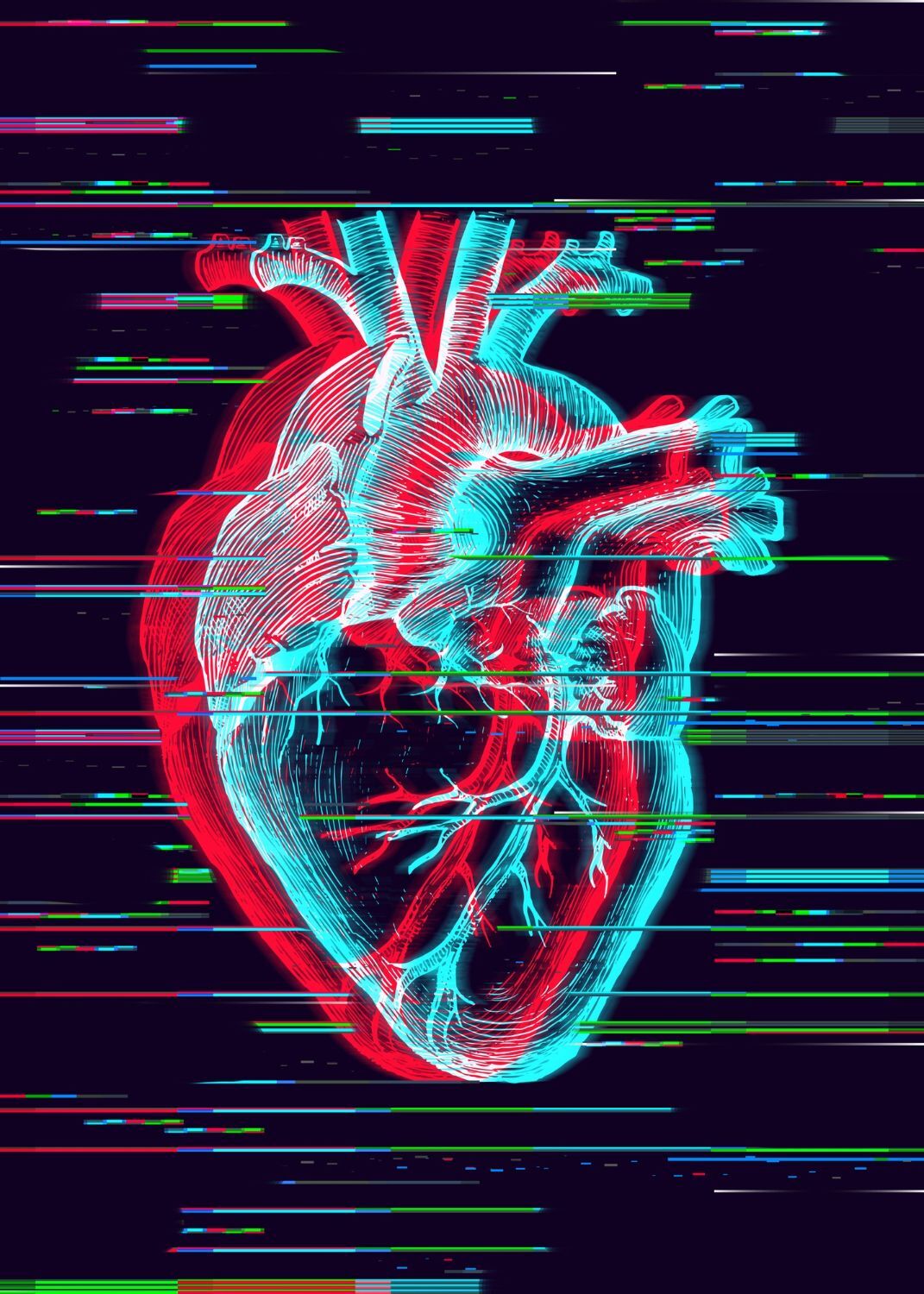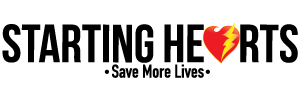
February is ending soon, and with it, American Heart Month. (We get to squeeze in an extra day because 2024 is a leap year!)
Let’s dig a bit deeper into sudden cardiac arrest. You may wonder what’s happening to the heart when one occurs. Perhaps you’re at elevated risk for one, or you have a family member who is.
You may wonder too whether there’re any signs and symptoms to look out for.
It can be confusing – even scary, so let’s break it all down.
An electric machine
The heart is a compact, powerful muscle. It has four chambers – two upper and two lower. The upper chambers are called the atria. The lower chambers are called the ventricles.
When the heart beats normally, an electrical signal causes the heart chambers to contact in a steady, well-coordinated rhythm. The atria receive blood from the body and pump it into the ventricles, which then pumps blood to the body.
During sudden cardiac arrest, the electrical signal in the heart stops working properly. The finely tuned rhythm of the heart turns chaotic.
Not all cardiac arrests are the same
The most common, and most treatable type of sudden cardiac arrest affects the two bottom chambers – the ventricles. Electrical misfiring in the heart causes them to quiver rapidly instead of contracting. This is called ventricular fibrillation.
When the ventricles stop pumping blood, oxygen and nutrients no longer flow to the brain, lungs, and other organs. The victim loses consciousness (faints), stops breathing, and has no pulse.
A race against the clock
Time is the enemy in sudden cardiac arrest. It’s a key reason why 90% of out-of-hospital sudden cardiac arrest victims die. There’re only a few minutes available to restore heart activity before irreversible damage occurs. With each passing minute, the chances of survival decrease significantly.
CPR and an automated external defibrillator, or AED, are the best weapons to use in the minutes immediately following sudden cardiac arrest. CPR helps circulate blood though the body – especially the heart and brain. An AED is used to restore the heart’s normal rhythm.
Know the signs and symptoms, and what to do
Sudden cardiac arrest is particularly deadly because it’s, well, sudden. It strikes quickly, often without symptoms or warning signs. It catches everyone – the victim and any bystanders – off guard.
In some cases, there may be signs and symptoms that one is coming. Knowing what to be on the lookout for can help you raise the alarm and let others know.
Here’re some signs you might be nearing sudden cardiac arrest:
- Chest discomfort
- Shortness of breath
- Weakness
- Dizziness
- Fast-beating, fluttering, or pounding heart
Call 911 if you experience these symptoms. Call out for help if anyone’s nearby.
If you see someone collapse, a sudden cardiac has occurred if the person:
- is unconscious and won’t respond to shouting or shaking.
- stops breathing. Listen, look, and feel for breath.
- has no pulse.
Remain calm. Call 911, start CPR, and use an AED if one’s available.
Need more information? Contact Starting Hearts at @info@startinghearts.org.
